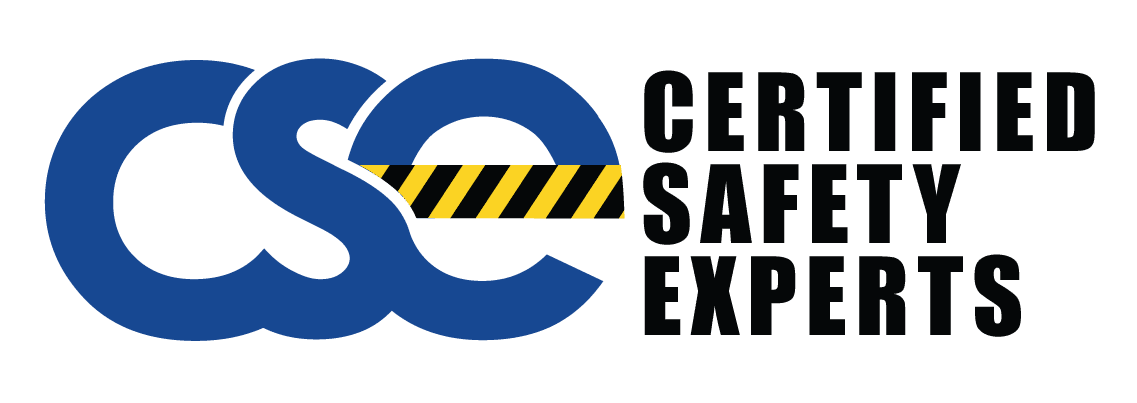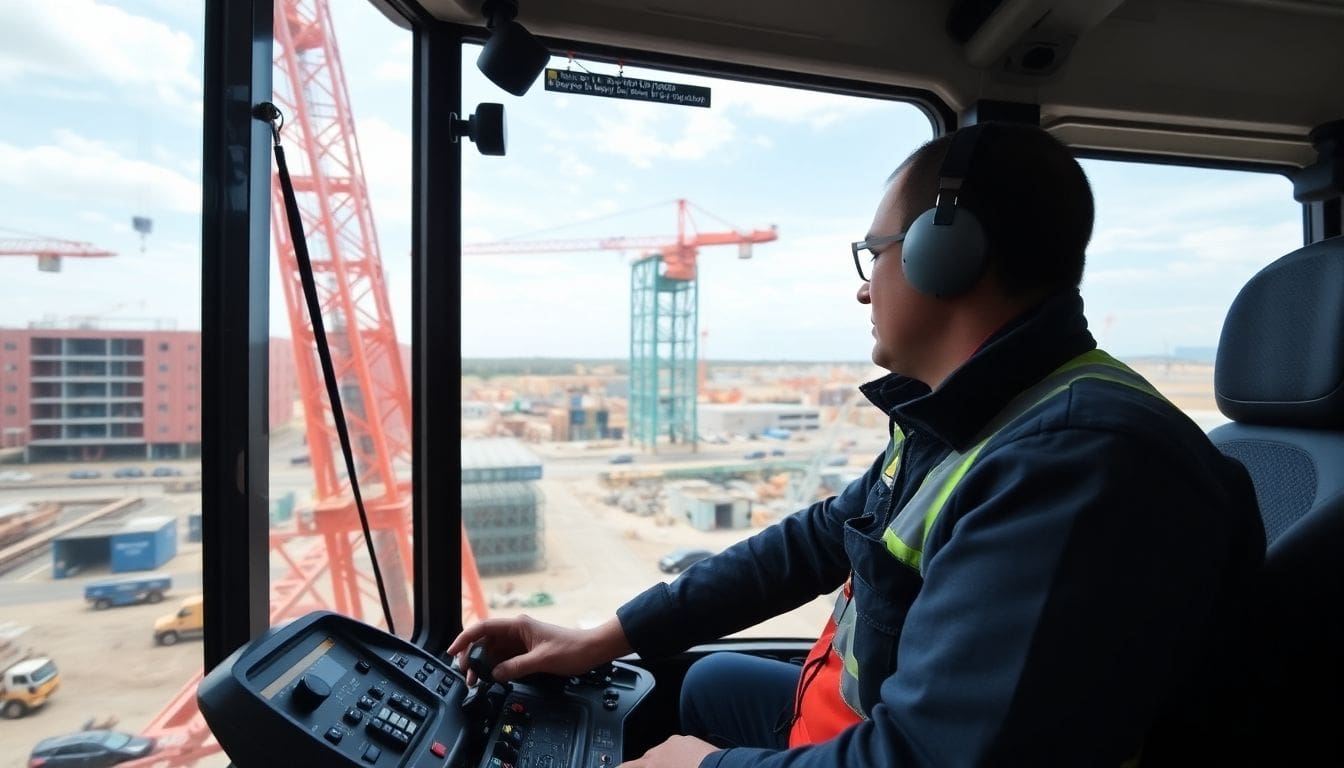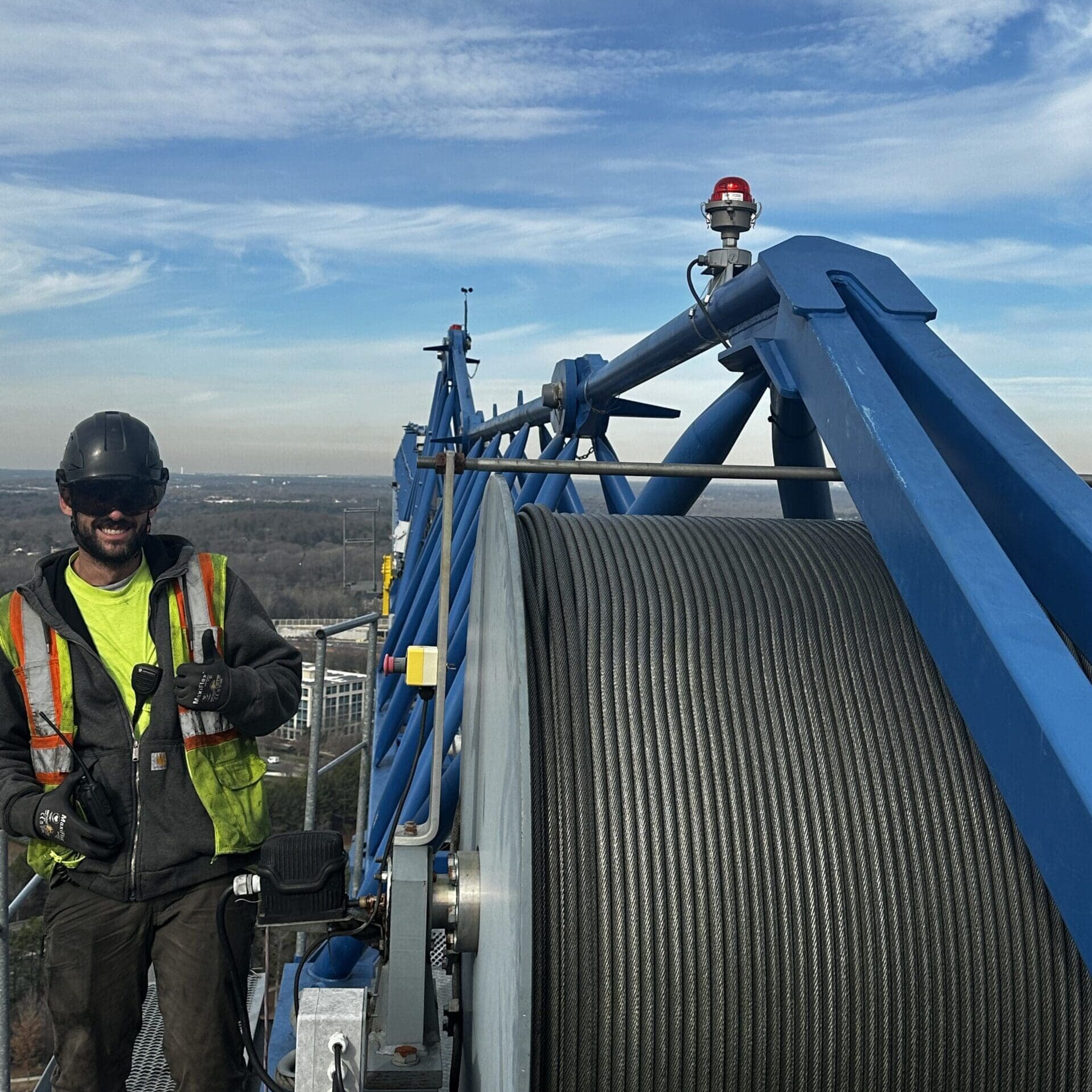When it comes to operating heavy machinery like cranes, there’s a big difference between just knowing the theory and actually doing the job. Many people think that sitting in a classroom and listening to lectures is enough, but for crane operation, that’s really not the case. The real learning, and the stuff that keeps everyone safe, happens when you’re actually in the operator’s seat or on the ground, working with the equipment. This article looks at why getting your hands dirty with Hands-On Crane Training vs. Classroom Learning makes all the difference.
Key Takeaways
- Actual time spent operating a crane is way more effective for learning than just classroom lectures.
- Safety is the biggest deal in crane work, and hands-on training teaches you how to handle real risks.
- Getting certified through practical training opens up more job opportunities and can lead to better pay.
- Complex jobs, like those in industrial areas, need real-world practice to do safely and efficiently.
- Choosing a training program that focuses on practical skills over just theory is a smart career move.
The Crucial Role Of Hands-On Crane Training
Understanding Crane Operation Challenges
So, you think operating a crane is just about pushing buttons and pulling levers? Think again! It’s way more complex than it looks. You’ve got to keep a close eye on the load, figure out how wind might push it around, and make sure you’re talking clearly with the folks on the ground. It takes a lot of focus and skill. I remember seeing a crane operator once, someone who’d been doing it for years, who got a bit too casual about the wind. The load started swaying, and it was a tense few minutes until they got it under control. Proper training helps you avoid these kinds of hairy situations by teaching you not just the ‘how’ but the ‘why’ behind every move.
Why Safety Is Paramount In Crane Work
When you’re dealing with machines that can lift tons of material, safety isn’t just a suggestion; it’s the absolute top priority. A small slip-up can lead to big problems – damaged equipment, costly delays, or worse, injuries. That’s why getting good training is so important. It makes sure you know how to handle the crane safely and what to do if something unexpected happens. It’s about protecting yourself, your coworkers, and the project.
The Core Components Of Crane Training
Good crane training usually mixes book smarts with actual practice. Here’s a general idea of what you’ll go through:
- Classroom Learning: You’ll start by learning the basics – how cranes work, the safety rules, and how to figure out how much weight you can safely lift.
- Hands-On Practice: This is where you get your hands dirty (figuratively, of course!). You’ll actually get on the crane, learn to move it around, handle different loads, and practice what to do in tricky situations.
- Tests and Sign-Off: Finally, you’ll take tests, both written and practical, to show you’ve got what it takes to operate the crane safely and get certified.
Bridging The Gap Between Theory And Practice
Look, reading a manual is one thing, but actually getting your hands on the controls? That’s a whole different ballgame. We’ve all been there, right? You study for hours, you think you know it all, and then you step onto the actual worksite, and it’s like, “Whoa, this is way more complicated than the book made it seem.” That’s where the real learning happens, and it’s all about moving past just the basic classroom stuff.
Moving Beyond Basic Classroom Knowledge
Classroom learning gives you the foundation, the “what” and the “why.” You learn about load charts, safety regulations, and the different parts of a crane. It’s important, no doubt. But it’s like learning to swim by reading a book about swimming. You can understand the theory, but you won’t know how to actually stay afloat until you get in the water. Crane operation is a skill that needs to be felt, not just understood intellectually. The real world throws curveballs – unexpected weather, tricky ground conditions, tight spaces – things a textbook just can’t fully replicate.
The Power Of Real-World Simulations
This is where things get interesting. Modern training programs are getting seriously good at creating realistic simulations. Think of it like a super-advanced video game, but for learning how to operate heavy machinery. These simulators can mimic the feel of the controls, the sounds of the engine, and even the way the crane moves under load. They let you practice those tricky maneuvers, like precise placements or working around obstacles, in a safe environment. You can mess up, learn from it, and try again without any real-world consequences. It’s a fantastic way to build muscle memory and get a feel for the machine’s response before you’re dealing with a multi-ton load.
- Practice complex lifts repeatedly.
- Experience different weather conditions.
- React to simulated emergencies.
- Get immediate feedback on your actions.
Simulations bridge that gap by letting you experience the consequences of your actions without putting anyone or anything at risk. It’s about building that practical know-how that only comes from doing.
Building Confidence Through Practical Application
Honestly, nothing beats the confidence you get from successfully completing a challenging task. When you’ve practiced a difficult lift dozens of times in a simulator, or even better, under the watchful eye of an instructor on actual equipment, you walk onto the job site feeling ready. You know what to expect, you’ve made mistakes and learned from them, and you’ve proven to yourself that you can handle the job. This isn’t just about knowing the steps; it’s about having the self-assurance to execute them smoothly and safely, even when things get a bit hectic. That confidence is what separates a good operator from a great one.
Elevating Your Career With Practical Skills
So, you’ve got the basics down from the classroom, which is great. But let’s be real, operating a crane isn’t just about knowing the theory; it’s about doing. That’s where hands-on training really shines and can seriously boost your career.
Boosting Employability With Certification
Getting certified is a big deal in the crane world. Think of it like a stamp of approval that says you know your stuff and can handle the job safely. Companies are always looking for folks who have this kind of official backing. It shows you’ve put in the work and passed the tests. Plus, certain certifications, like those from NCCCO, are pretty much the gold standard.
- NCCCO Mobile Crane Operator Certification: Covers various mobile crane types.
- NCCCO Tower Crane Operator Certification: Specific to tower crane operations.
- Rigging Certifications: For those specializing in load handling.
Having these on your resume makes you stand out. It’s not just about getting your foot in the door; it’s about getting into the better doors.
Unlocking Higher Earning Potential
It’s pretty simple: more skills and certifications usually mean more money. Operators who have gone through solid, practical training and earned their credentials often command higher salaries. It makes sense, right? You’re more reliable, safer, and can handle more complex tasks. I’ve heard stories of people getting significant pay bumps after getting certified. It’s a direct return on your training investment.
Opportunities For Professional Growth
Beyond just getting a job or a raise, practical training opens up new paths. You might find yourself eligible for specialized projects or even supervisory roles. When you’ve got the hands-on experience, you gain a different kind of confidence. You learn to trust your instincts, read situations better, and communicate more effectively on the job site. This kind of growth isn’t just about climbing a ladder; it’s about becoming a more well-rounded and respected professional in the field.
Practical experience builds a kind of know-how that you just can’t get from books alone. It’s about feeling the machine, understanding its limits in real-time, and reacting smoothly when things get tricky. This confidence is what employers really value.
Mastering Complex Lifts Through Experience
Modern crane work isn’t just about picking up heavy things and setting them down somewhere else. The most difficult lifts often come down to experience—knowing how to work in tight spots, spot potential issues, and choose the right tools for the job. Here’s how hands-on training helps you handle the tricky stuff with confidence.
Navigating Industrial Environments Safely
Industrial sites are packed with obstacles: pipes, machinery, overhead wires, and structures that just can’t be moved out of the way. One little mistake can stop a whole facility in its tracks.
- Crane operators face crowded spaces where every inch counts.
- Lifts often happen near expensive equipment and in areas that aren’t easy to reach.
- Planning these moves safely requires a clear understanding of the site — something best learned by actually being there, not just from diagrams.
There’s a lot to be said for seeing a job site in person. When you walk through the area and take note of every hazard before operating a crane, you pick up details training manuals almost always miss.
The Value Of 3D Lift Planning Tools
3D lift planning software has changed the way people tackle complicated jobs. These programs allow you to map out every step of a lift inside a digital version of the actual site, so you can test out approaches before a single piece of steel ever moves.
- Visualize obstacles and layouts in 3D
- Test different crane positions and swing paths
- Share animated lift plans with everyone on the team for total clarity
Here’s a quick look at how digital lift planning tools help:
| Benefit | What It Means For Operators |
|---|---|
| Exact site replicas | Reduce surprises on lift day |
| Animated sequence reviews | Spot collisions before they happen |
| Plan sharing across teams | Ensure everyone understands their roles |
When you can see the entire sequence of a lift—crane, load, nearby hazards, the whole thing—it’s way easier to plan for success. It’s a huge step up from the old, flat blueprints.
Virtual Reality For Enhanced Learning
Virtual reality (VR) takes this a step further. Instead of just looking at a screen, you get to “perform” lifts in a totally safe, virtual world. Mess up? No real harm done—just try again. It’s a pressure-free way to build instincts you’ll use on real job sites.
How VR helps:
- Gives you a sense of depth and movement you can’t get from photos or charts
- Lets you practice rare, high-risk scenarios until you feel ready
- Offers instant feedback when you make a mistake
Experiencing all of this before your first real lift means you’re less likely to freeze, panic, or make dangerous choices.
If you’re thinking about getting started with this kind of crane training, picking a provider that offers both advanced tech and practical experience is important. As hands-on NCCCO courses show, blending simulations and field work helps you develop confidence and avoid costly mistakes.
Choosing The Right Training For Success
So, you’ve decided that getting some hands-on crane training is the way to go. That’s awesome! But with so many options out there, how do you pick the one that’s actually going to help you out? It’s not just about finding a course; it’s about finding the right course for you.
Assessing Provider Credibility And Expertise
First things first, let’s talk about who’s actually teaching you. You want to find a training provider that has a solid reputation. Think about how long they’ve been around and if they have a history of training successful operators. Check out reviews or ask around in the industry if you can. A provider that’s well-respected usually means they know their stuff and have a good program. It’s like choosing a mechanic; you want someone who’s known for doing good work, not just someone who hangs a shingle.
Tailoring Training To Specific Crane Types
Cranes aren’t one-size-fits-all, and neither is training. You’ll want to look for a program that focuses on the types of cranes you’ll actually be working with. Are you going to be operating a massive tower crane, a mobile boom crane, or something smaller? Different cranes have different controls, safety procedures, and operational challenges. A good training program will let you specialize, so you’re not wasting time learning about equipment you’ll never touch. This focused approach means you’ll be much better prepared for the specific job you’re aiming for.
The Importance Of Ongoing Support
Getting certified is a big step, but your learning shouldn’t stop there. Think about what kind of support the training provider offers after the course is done. Do they have instructors you can reach out to with questions as you start your new job? Do they offer any follow-up resources or refresher courses? Some places are really good about staying in touch and helping their students succeed long-term. This kind of support can make a huge difference when you’re facing new challenges on the job site. It shows they care about your career, not just signing you up for a class.
The Long-Term Value Of Hands-On Crane Training
So, you’ve gone through the training, got your certification, and you’re out there on the job. That’s great! But the real benefits of that hands-on crane training? They really start to show up over time. It’s not just about passing a test; it’s about building skills that stick with you, making your work safer and your career path smoother.
Reducing Workplace Accidents And Liability
Let’s face it, cranes lift some seriously heavy stuff. A mistake, even a small one, can lead to big problems – damage to equipment, injuries, or worse. That’s where good, practical training really pays off. When you’ve actually done the maneuvers, felt how the controls respond, and practiced emergency procedures, you’re much less likely to make a costly error. This hands-on experience builds muscle memory and sharpens your judgment in ways that just reading a manual can’t. It means fewer accidents on site, which is good for everyone involved. Companies see this too; they know trained operators mean less risk, lower insurance costs, and a better reputation.
Think about it: every hour spent practicing precise load placement or reacting to unexpected shifts is an hour invested in preventing a future incident. It’s about building a habit of safety, not just learning rules.
Investing In Continuous Skill Development
Crane operation isn’t static. New technology comes out, regulations change, and different jobs throw new challenges your way. The foundation you build with hands-on training makes it easier to keep learning. You’ll be more comfortable trying out new techniques or adapting to different crane models because you already have that practical base. It’s like learning to ride a bike; once you get the hang of it, you can tackle different terrains or even learn to do tricks. Continuous learning keeps you relevant and opens up more opportunities.
Here’s a look at how ongoing development helps:
- Adaptability: Easily learn new crane types or attachments.
- Efficiency: Find quicker, safer ways to complete tasks.
- Problem-Solving: Better equipped to handle unexpected situations.
- Mentorship: Gain the confidence to guide newer operators.
Achieving Certification For Career Advancement
While we’ve touched on this, it’s worth repeating: certification is a big deal. But the real value comes from the skills you gain during the training that leads to that certification. Employers actively look for certified operators because it signals a certain level of competence and commitment to safety. This can mean better job offers, higher pay, and the chance to work on more complex or specialized projects. It’s not just a piece of paper; it’s proof that you’ve put in the work and have the practical know-how to handle the job right. Your career can really take off when you have those recognized credentials backed by solid, real-world experience.
So, What’s the Takeaway?
Look, learning to operate a crane isn’t just about memorizing a manual. While the classroom stuff is important for the basics, you really can’t beat getting your hands dirty. Actually being on the controls, feeling how the machine moves, and dealing with real-world situations is where the true learning happens. It builds confidence and makes sure you’re ready for whatever the job throws at you. So, if you’re thinking about getting into crane operation or leveling up your skills, make sure you find a program that gives you plenty of time actually operating the crane. It’s the best way to become a safe and skilled operator.
Frequently Asked Questions
Why is crane training so important?
Crane training is super important because operating cranes can be dangerous. It teaches you how to use the crane safely and correctly, so you don’t hurt yourself or others, or damage equipment. It’s like learning the rules of the road before driving a car, but for really big, powerful machines.
What happens in a typical crane training class?
Usually, you’ll spend some time learning in a classroom about how cranes work and safety rules. Then, you’ll get to practice actually using a crane, moving loads, and handling different situations. It’s a mix of learning and doing.
Can crane training help me get a better job?
Yes, absolutely! Getting certified in crane operation makes you more valuable to employers. It shows you have the skills and knowledge to do the job safely, which can lead to more job opportunities and even better pay.
What’s the difference between classroom learning and hands-on training?
Classroom learning gives you the basic knowledge, like the rules and how things should work. Hands-on training is where you actually get to do it – you learn by operating the crane yourself, which helps you understand things much better and feel more confident.
Are there different types of crane training?
Yes, there are! Training can be specific to the type of crane you’ll be using, like mobile cranes or tower cranes. There are also special training programs for things like rigging, which is how you attach loads to the crane.
How does training help prevent accidents?
Training teaches you about potential dangers and how to avoid them. You learn about safe operating procedures, how to inspect the equipment, and how to react in tricky situations. This knowledge and practice greatly reduce the chances of accidents happening.




